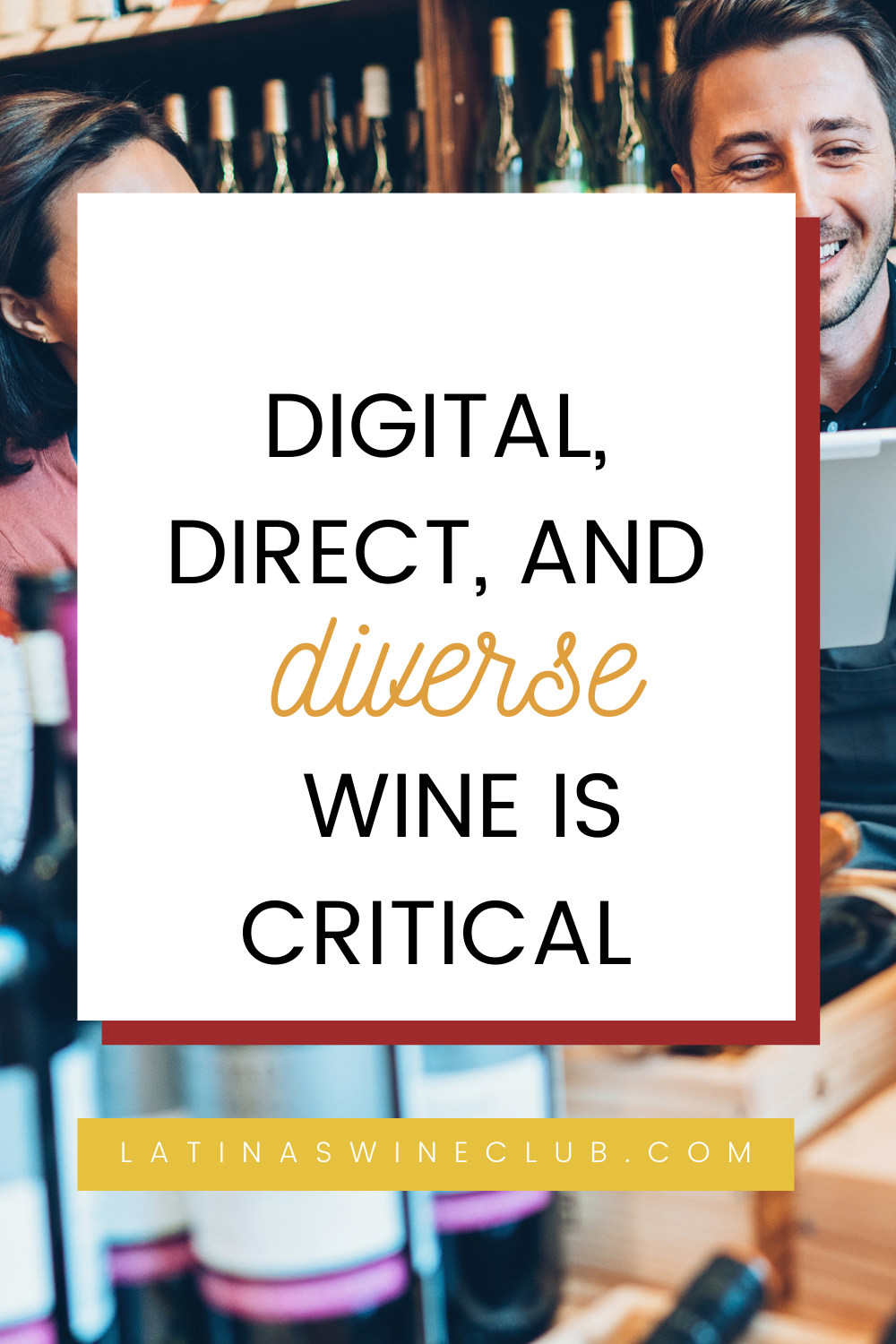After over a year of severe lockdowns and majority of our nation’s restaurants closed or permanently shuttered, we are slowly reopening our economy. With mass distribution of the vaccine, the outlook for restaurants and bars has been improving, and experts predict a robust summer/fall. But as we know, the pandemic exposed major shortcomings in the conventional wine and beverage market models and the lack of investment in digital commerce. Moreover, the pre-COVID beverage e-commerce strategy relied upon outsourcing to retail partners and start-ups, with beverage companies forfeiting the ability to directly connect with potential customers, and the opportunity to create their own digital brands. While we are hopeful for a full return to our in-person wine world, it’s impossible to imagine our post-pandemic alcohol beverage market without a permanent digital component.
The Latest on Virtual Vino
First and second quarter analyses show a normalizing of business conditions for restaurants during the next several months, but the time horizon for a recovery in the restaurant workforce will be significantly longer. According to the National Restaurant Association, the industry is only expected to make up only about half of the 2020 19.2% drop in sales in 2021 and will struggle to make up the 2 million jobs lost. In addition, many restaurants will not survive the pandemic and closures will remain permanent.
Domestic wineries that had an e-commerce and/or a direct-to-consumer (DTC) model already in place when the pandemic hit fared much better than those completely reliant on in-person tasting room sales. This was particularly the case for small and medium-sized wineries who struggled to make the shift. A year later, wineries—some more belatedly than others—have transitioned their sales to e-commerce DTC in order to survive. As reported by Silicon Valley Bank, while winery visits will undoubtedly shift some of these sales back to traditional means, the winery club e-commerce model will remain a permanent and critical pillar of sales and growth to meet the post-vaccine demand.
Finally, wine and spirits retail stores that absorbed the majority of increased sales due to the closure of restaurants—what has been referred to as “channel shifting”—will maintain some of the gains in market share from the pandemic. According to Rabobank, this is especially the case for innovative, online retailers who continue to grow in the digital space.
Community Wine Commerce is Critical
We are hopeful that the restaurant industry will recover but it is clear the pandemic will have a lasting effect on the global wine industry. Digital commerce continues to grow in importance and volume and as these findings in anecdotal and solid data have shown. The wine/spirits industry will need to make a significant investment in a digital commerce component to their sales and distribution strategy to meet the demands of the “new normal.” We have already seen larger beverage enterprises acquiring e-commerce companies. Small and medium size suppliers and even established online retailers will have to invest in more sophisticated and dedicated digital resources as well.
As we’ve written in the past the digital DTC model—community commerce—offers an opportunity to recover and develop wine industry market space. Digital communities—such as our Latinas Wine Club—offer scalability, lower customer acquisition cost, and the ability to connect with consumers in an authentic, personal, and direct way. It also allows for suppliers and retailers to target those diverse and dynamic markets—like women and minorities—who have been excluded from the conventional, pre-COVID wine marketplace and who comprise the majority of wine consumers. Addressing failures in diversity, equity, and inclusion is a critical component of the post-Pandemic wine industry model and together with digital commerce is the only path to a resilient recovery of the sector.
Your Jefas in Vino, Erlinda and Martha
Latinas Wine Club, Inc.
EDUCATE. EMPOWER. ELEVATE. THROUGH WINE.

